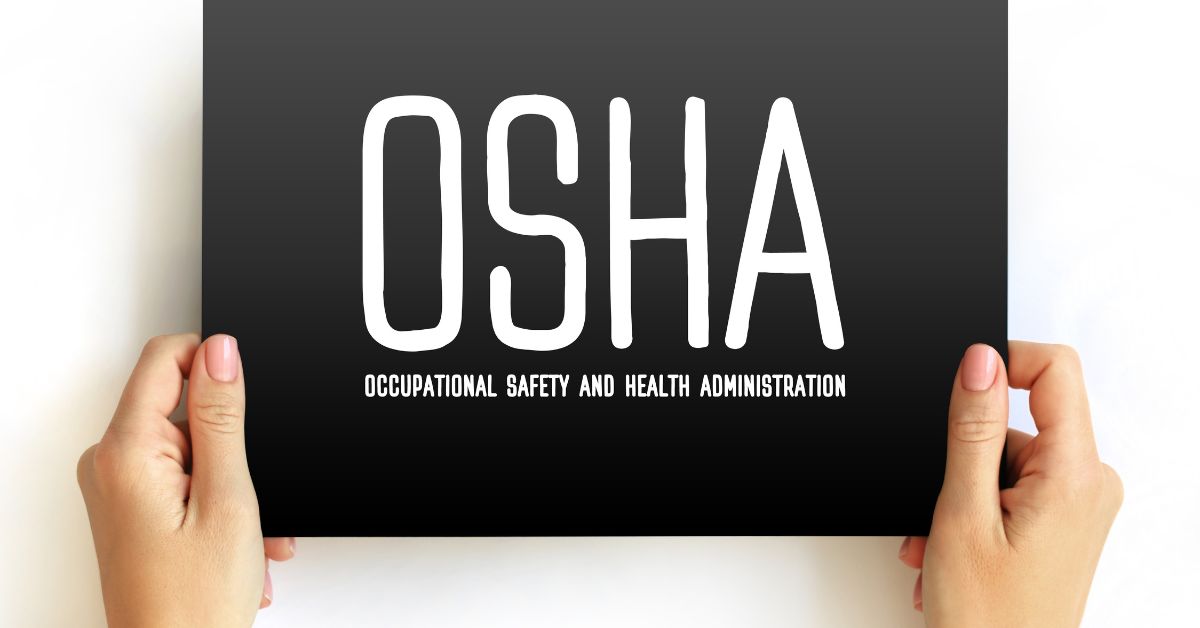Why You Should Use Panic Bars on Your Commercial Doors

What Are Panic Bars?
Panic or crash bars are devices you can install on exit doors to allow quick and easy egress during emergencies. They prevent crowd-crush by allowing doors to open with a simple push.
During an emergency, panic bars unlatch the door when someone applies pressure, ensuring rapid evacuation without keys or twisting door handles. There are several types of panic bars available for commercial doors, including touch bars, cross bars, and push pads.
Touch bars feature a long bar that runs horizontally across the door. Cross bars, on the other hand, have a bar positioned at a specific height, and push pads operate with a pad you press to release the latch. Each type serves the same fundamental purpose, though they offer different styles and features to suit various door designs and user preferences.
Rapid Evacuation Capabilities
Panic bars offer essential support during emergencies, providing a quick and effective exit strategy. Rapid evacuation minimizes chaos and reduces the risk of injury. For instance, panic bars help employees exit swiftly and safely during an office fire, preventing potential injuries or fatalities. By incorporating panic bars, you promote a culture of preparedness, enhancing overall safety.
Proactive Safety Measures
Anticipate potential emergencies and prepare your space accordingly to promote occupants’ confidence. Panic bars send a clear message: you prioritize safety and readiness in your business operations.
This stance safeguards your premises and enhances your reputation as a responsible business owner. Taking these measures ensures you stay ahead of potential threats, creating a secure atmosphere for employees and customers alike.
Legal Requirements
You should use panic bars on your commercial doors because organizations like OSHA and NFPA require them in many commercial environments. Keeping up with these requirements protects your business and maintains your commitment to creating a safe environment.
Ignoring legal requirements for panic bars carries serious consequences. You risk facing penalties that could impact your business financially and damage your reputation. Such legal issues cause unwanted attention and potential closure until you meet standards.
Staying informed about legal standards for panic bars ensures your business can handle inspections and emergencies. Regulations can evolve, and you must stay updated to maintain compliance. Engaging with resources from safety organizations will keep you up to date. This initiative allows you to anticipate changes and adapt your safety measures accordingly.

Long-Term Savings
Investing in panic bars may seem expensive, but the long-term savings are significant. These devices help prevent accidents and legal issues by enhancing safety measures and providing a financial shield against unexpected events. By installing panic bars, you reduce the risk of costly liability claims. For instance, your business may experience fewer incidents, saving money on insurance premiums.
Durability and Maintenance
Panic bars are long-lasting, enduring frequent use with minimal wear and tear. Their durability results in lower maintenance costs, adding to their cost-effectiveness. Routine checks keep them in optimal condition, but these expenses are minor compared to the costs of managing accidents or legal issues.
A well-maintained panic bar system decreases the chance of failure during emergencies, ensuring safety. This reliability enhances their value, making them an essential part of your safety setup.
Comparative Analysis With Other Safety Features
When comparing panic bars to other safety mechanisms, they stand out in terms of cost-effectiveness. Unlike some systems that require extensive training or costly installations, panic bars offer a straightforward solution with minimal ongoing expenses. Their user-friendly design requires little training, making them accessible to all employees and reducing the need for extensive safety drills.
Intuitive Design and Operation
Panic bars feature an intuitive design that simplifies their use in emergencies. As mentioned, they require minimal training, allowing people of all ages to operate them easily. This user-friendly device enhances safety by reducing confusion when every second counts. In busy settings like shopping malls, panic bars effectively manage foot traffic and prevent injuries during evacuations.
Building Confidence and Trust
Incorporating panic bars into your safety strategy builds confidence among employees and visitors. Their presence clearly signals that safety is a priority. Knowing that emergency exits have reliable, easy-to-use devices reassures occupants that their well-being is a serious concern. This trust boosts morale and enhances the perception of your business’s safety measures, strengthening relationships with staff and customers.
Potential Impact on Insurance Premiums
Insurers value safety enhancements because they lower the risk of claims, which might lead to reduced rates. Panic bars demonstrate your commitment to safety, which insurers view favorably. Highlighting these features during evaluations positions your business as a lower risk, potentially leading to cost benefits.
Moreover,insurance companies typically reward businesses that exceed standard safety practices with better terms, recognizing their reduced risk profile. Incorporating panic bars can lead to substantial savings over time, as lower premiums contribute to reduced operational costs.

What Safety Devices Complement Panic Bars?
Enhancing security in commercial settings involves additional safety devices alongside panic bars. These tools protect occupants and the property during emergencies:
- Door closers: return doors to a closed and secure position after use. They control the speed and force of closure, maintaining building security and preventing unauthorized entry while reducing drafts.
- Exit alarms: alert when someone opens a door equipped with a panic bar. They deter unauthorized exits and inform staff of potential security breaches.
- Fire-rated doors: contain fires and prevent their spread. Combined with panic bars, they facilitate safe evacuation and withstand high temperatures.
- Access control systems: regulate entry to specific areas, adding a layer of security around exits. When integrated with panic bars, they ensure only authorized personnel pass through while allowing quick egress.
- Automatic door openers: ensure that doors with panic bars open smoothly and efficiently during emergencies. This feature benefits facilities prioritizing accessibility, such as hospitals and large commercial buildings.
Buy Commercial Door Hardware at DoorHub
At DoorHub, we offer an extensive selection of high-quality door hardware designed to enhance the safety and security of your commercial spaces. Our range includes commercial exit devices, which help ensure quick and safe access in emergencies.
Shopping with DoorHub is a breeze, thanks to our user-friendly website and exceptional customer service. We prioritize your needs, providing expert guidance to help you select the perfect solutions for your business. You can trust that you’re investing in reliable products that meet the highest safety standards.

Author
Greg Richard
Chief Technical Officer and Founding Member of DoorHub.com